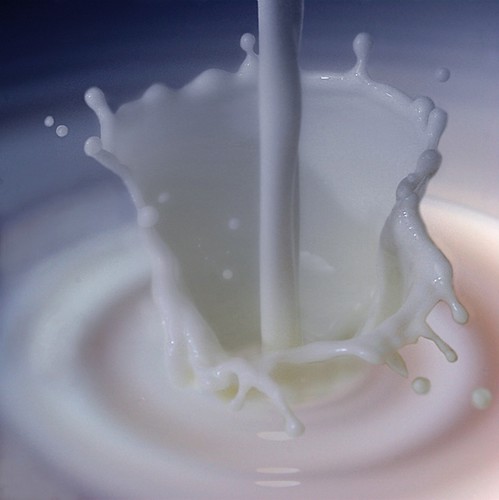 Melamine, traditionally used to create durable dishware and clear resins, has been used in recent years to produce consumable products. The results have been damaging. In September 2008, nearly 53,000 infants in China fell ill after the compound was found in baby formula and milk products.
Melamine, traditionally used to create durable dishware and clear resins, has been used in recent years to produce consumable products. The results have been damaging. In September 2008, nearly 53,000 infants in China fell ill after the compound was found in baby formula and milk products.
Investigators in 2007 detected the presence of melamine in pet food sold in North America after owners began complaining their pets were falling ill and unexpectedly dying. Pet food manufacturers later said wheat gluten and rice protein imported from China were spiked with melamine. In the same year, Canadian and U.S. health officials began testing fish samples after finding farmed fish had been given feed bulked up with melamine.
In response to the current tainted milk outbreak, the Canadian Food Inspection Agency has implemented a border watch on milk products.
Here we examine the applications and misuses of the compound:
What is melamine?
Melamine is a white crystalline substance, which is sometimes referred to as cyanuramide, consisting of carbon, nitrogen and hydrogen. The compound was first synthesized in the 1830s by German scientist Justus von Liebig and was later used industrially to manufacture plastics and laminates.
What products are made with melamine?
Melamine is prized for its durability and during the 1950s was used to produce a wide range of brightly coloured dishware, bowls and containers. The compound is still used to create utensils and dishware and is used to create a resin coating for wood and textiles. Some flame-retardants, fertilizers and dyes also contain melamine.

Chinese food safety officers inspect milk at a supermarket after melamine was found in milk products sold in the country. (Associated Press)
Why has powdered melamine been added to pet food and baby formula?
In 2007, U.S. Food and Drug Administration officials speculated melamine was added to the wheat gluten and rice protein used for pet food because it falsely appeared to raise the protein content of the ingredients. In the tainted milk crisis, authorities suggest melamine was used to mask low nutrient levels in watered-down milk.
What are the side-effects of consuming melamine?
The current tainted milk crisis has shown that consuming products tainted with melamine can cause kidney stones and renal failure in infants. In April 2007, University of Guelph researcher Perry Martos said a reaction between melamine and cyanuric acid resulted in pets developing crystals in their kidneys.
Have any melamine-tainted milk products been found on the Canadian market?
The Canadian Food Inspection Agency is warning consumers that Nissin Cha Cha Dessert mix was made with melamine-tainted milk. The recall affects 440-gram packages (2 packs of 220 grams) bearing UPC 4 897878 550005. All best before dates are affected by this advisory. The product was distributed in Ontario, Alberta and British Columbia.
The food watchdog has also issued a recall of imported coffee distributed in British Columbia, Alberta and Manitoba. The recall affects the following products sold in 450 g packages containing 30 15-gram bags:
- Instant Coffee 3-in-1 Mandheling Blend Coffee with UPC 4 710085 122523.
- Instant Coffee 3-in-1 Blue Mountain Blend Coffee with UPC 4 710085 200597.
- Instant Coffee 3-in-1 Arabica Coffee with UPC 4 710085 122509.
They have expiry dates of April 9, 2010, to Sept. 12, 2010, inclusive.
Health Canada notes it has contacted Abbott Nutritionals, Mead Johnson Nutritionals, Nestle Canada and PBM Nutritionals, the four largest manufacturers of infant formula in Canada. The companies told the federal department they do not use milk ingredients imported from China.

No comments:
Post a Comment